17 Seemingly Normal Jobs We Never Knew Were Dangerous
Some jobs might seem harmless at first glance, but history tells us otherwise. In fact, when we think of dangerous jobs, images of deep-sea divers or firefighters often come to mind. Who could think a job like selling shoes or painting could be dangerous, right? Some seemingly safe jobs turned out to be anything but, with workers unknowingly exposing themselves to radiation, toxic chemicals, and other hidden hazards.
While we take safety measures for granted now, these professions remind us just how risky some normal jobs once were. Curious for more? Here’s a list of jobs that we never thought were this dangerous!
Film Projectionists: Playing with Fire
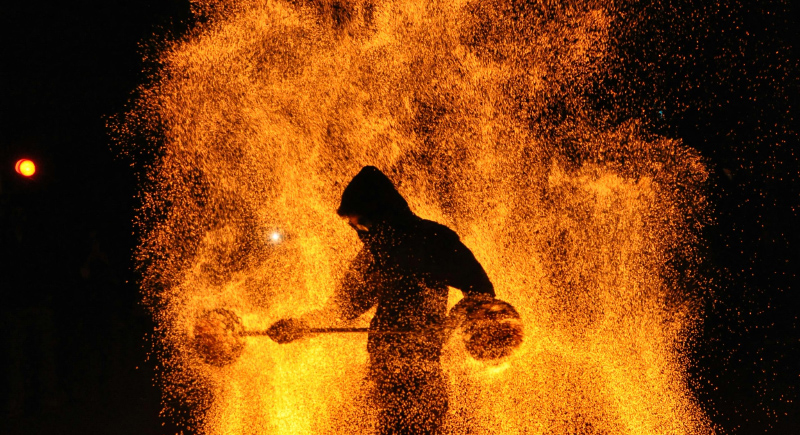
Credit: pexels
In the early days of cinema, showing movies came with unexpected risks. Projectionists handled highly flammable nitrate film that could ignite from the projector’s heat. Fires were common, and tragic accidents occurred regularly. Thankfully, safer polyester film replaced nitrate in the 1950s and made movie nights less of a life-threatening event.
Painters: A Toxic Trade
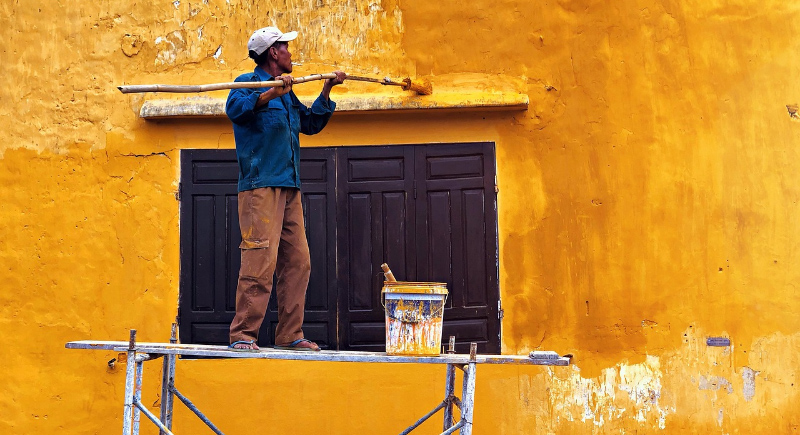
Credit: pixabay
Before regulations kicked in, painting was far from a safe job. Lead-based paints were the norm, exposing painters to toxic fumes and particles. Chronic exposure led to serious health problems, including organ damage and memory loss. Today, lead-free paints have made the profession safer.
Dye Makers: When Fashion Was Deadly
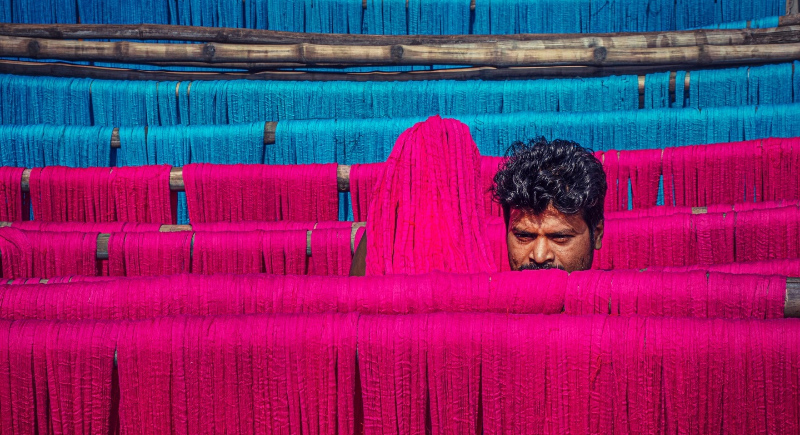
Credit: Instagram
Creating vibrant fabrics in the 1800s came with a dark side. Some dyes, like the infamous Scheele’s green, contained arsenic. Workers often fell ill with rashes and respiratory issues. Once linked to deaths, these dyes were quickly abandoned in favor of safer alternatives.
Watchmakers: Glow-in-the-Dark Peril
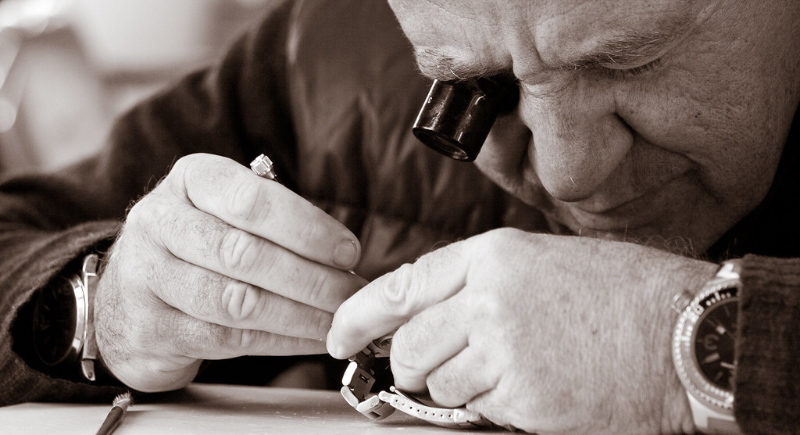
Credit: flickr
Radium-painted watch dials were a sensation in the early 20th century, but the workers who painted them paid the price. Many used their lips to shape brushes, unknowingly ingesting radioactive material. Radiation poisoning caused devastating health issues, leading to strict workplace safety reforms.
Shoe Fitters: Radiation on Display
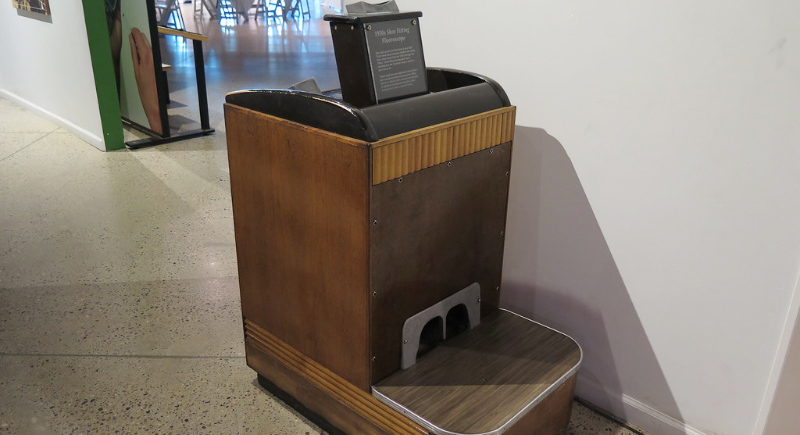
Credit: flickr
In the mid-1900s, shoe stores used X-ray machines called fluoroscopes to ensure perfect fit. Customers and clerks were unknowingly exposed to harmful radiation. These machines were eventually banned after links to radiation sickness became clear. Today, shoe shopping is a far safer experience.
Hatters: Mercury and Madness
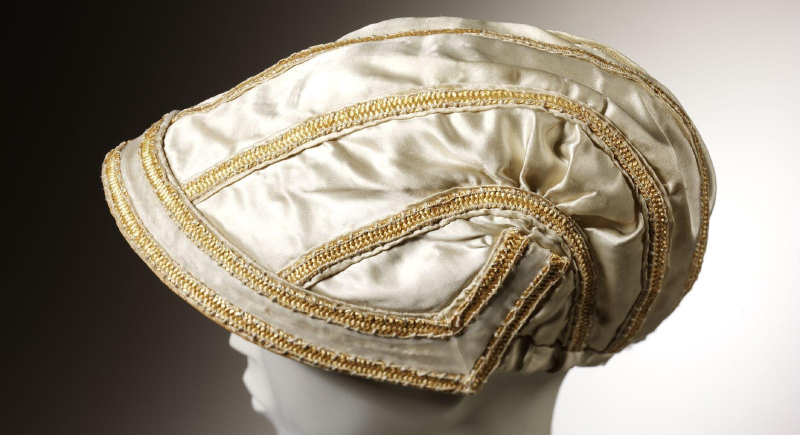
Credit: Reddit
Making hats in the 19th century involved mercury, which was used to process felt. Prolonged exposure to mercury vapors caused trembling, mood swings, and hallucinations. This gave rise to the phrase “mad as a hatter.” Mercury-free methods eventually replaced the process.
Builders: Hidden Hazards of Asbestos
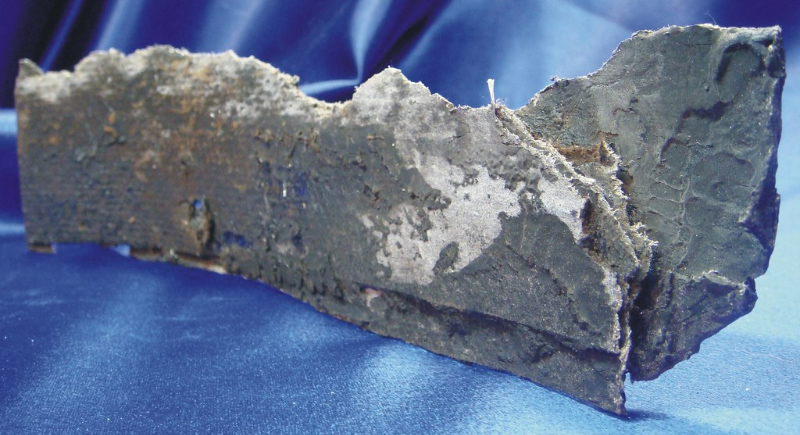
Credit: flickr
Construction workers in the 20th century regularly handled asbestos, a material praised for its fire resistance. What they didn’t know was that inhaling its fibers could lead to severe lung diseases, including cancer. Strict bans on asbestos use have since been enforced, but its legacy lingers in older buildings.
Fuel Workers: Lead in the Air
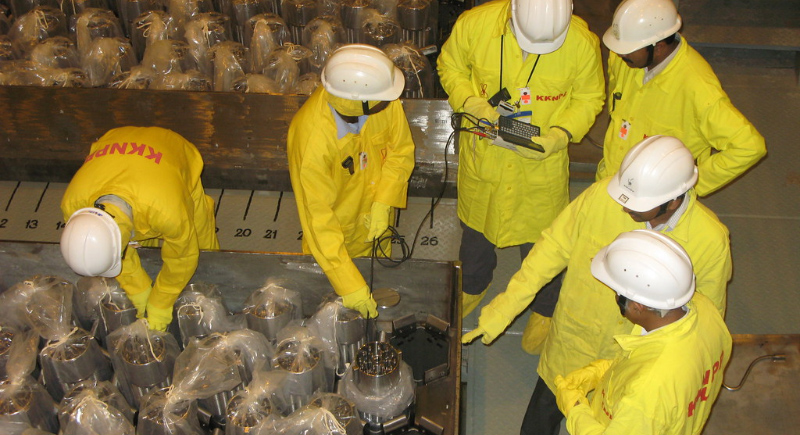
Credit: flickr
Fuel production in the 1920s included tetraethyl lead, a toxic additive that improved engine performance but wreaked havoc on workers’ health. Symptoms ranged from headaches to hallucinations and even fatalities. It took decades to ban leaded fuel, finally ending its harmful impact on both workers and the environment.
Matchstick Makers: A Fiery Danger
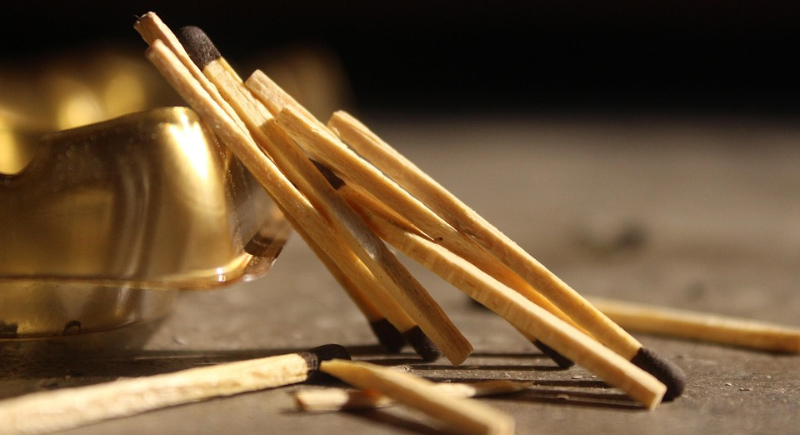
Credit: pixabay
Making matches was far riskier than it sounds in the 19th century. Workers exposed to white phosphorus often developed “phossy jaw,” a painful condition that caused jaw decay. Safer red phosphorus replaced it by the 1910s, making the process less harmful. Unfortunately, a lot of damage had already been done.
Cosmetic Chemists: A Glow That Cost Lives

Credit: flickr
When radium was first discovered, it was hailed as a wonder ingredient. It found its way into cosmetics, from creams to toothpaste. Chemists and consumers alike suffered from radiation exposure. Once the health risks became apparent, radioactive beauty products were quickly pulled off the shelves.
Laundry Workers: Danger in the Steam

Credit: Wikimedia Commons
Working in industrial laundries during the early 20th century came with risks. Steam-powered equipment often caused burns, and repetitive tasks led to musculoskeletal injuries. Over time, safety measures improved, but these jobs were anything but mundane in their early years.
Radio Operators: High Voltage and High Risks
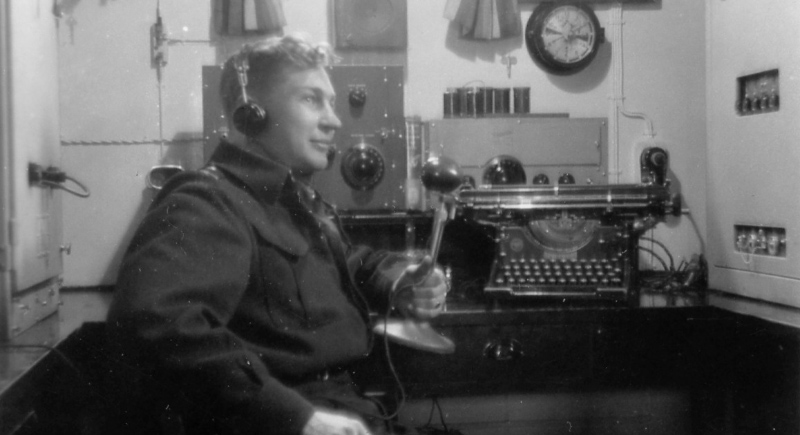
Credit: Wikimedia Commons
Operating early maritime radio equipment was technical as well as dangerous. High-voltage systems and confined spaces meant electrocution and explosions were real threats. Advances in technology eventually reduced the risks, but radio operators of the past worked under far riskier conditions.
Miners: Dust and Despair
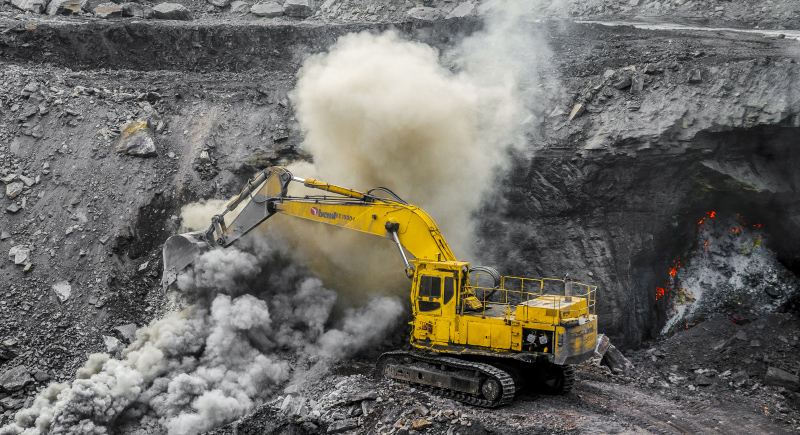
Credit: Wikimedia Commons
Coal mining remains a challenging profession, but earlier generations faced unimaginable dangers. Cave-ins, toxic gas leaks, and black lung disease were rampant before modern safety practices. Thankfully, better regulations have improved conditions and reduced risk.
Delivery Drivers: Risks on the Road

Credit: pexels
It may not seem obvious, but delivery driving comes with real dangers. Long hours, tight deadlines, and bad weather increase the risk of accidents. Add stress from navigating unfamiliar areas, and it’s clear this seemingly simple job can take a toll on both safety and health.
Photographic Developers: Toxic Artistry
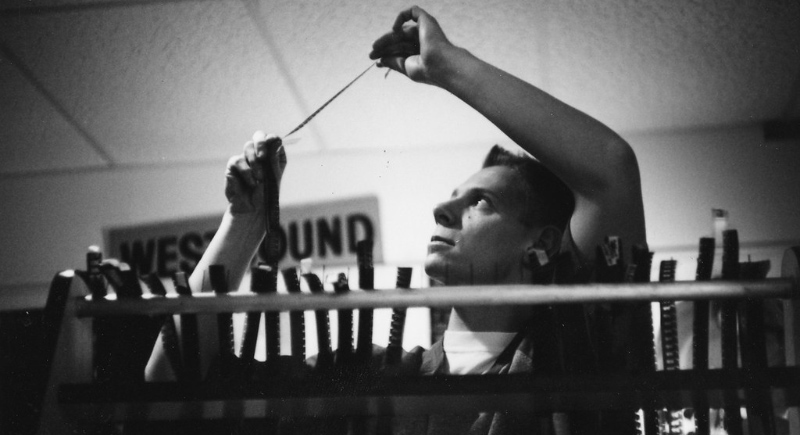
Credit: flickr
Before the digital age, photo developers worked with hazardous chemicals like cyanide to process images. Poor ventilation in darkrooms exposed them to toxic fumes, causing respiratory and nervous system issues. Improved practices have made this job safer, but its past tells a more dangerous story.
Typographers: Poisoned by Printing Ink
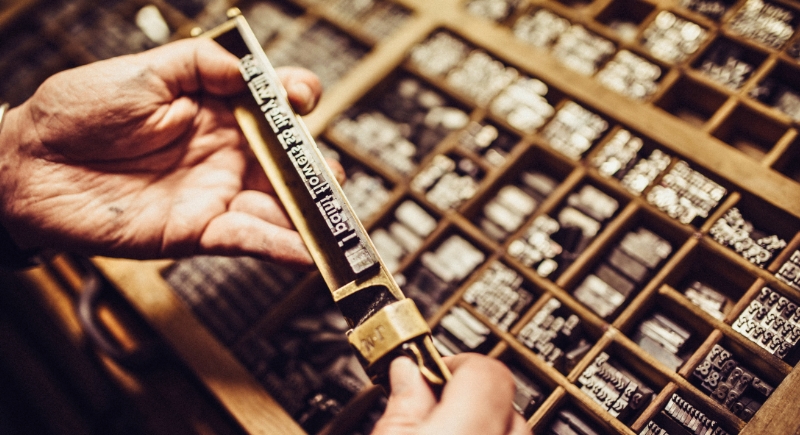
Credit: Getty Images
Early typographers worked in environments filled with ink vapors that contained lead, mercury, and arsenic. These toxic substances were absorbed through the skin and lungs, leading to poisoning, tremors, and hallucinations. Many printers unknowingly risked their health daily while helping preserve the beauty and permanence of the written word.
Bakers: White Lung Disease

Credit: Getty Images
For generations, bakers faced a hidden threat from airborne flour dust that caused “baker’s asthma.” The fine particles damaged their lungs, resulting in coughing, wheezing, and chronic breathing difficulties. Before modern safety gear was available, many bakers suffered from lifelong respiratory illnesses while producing bread that nourished their communities.